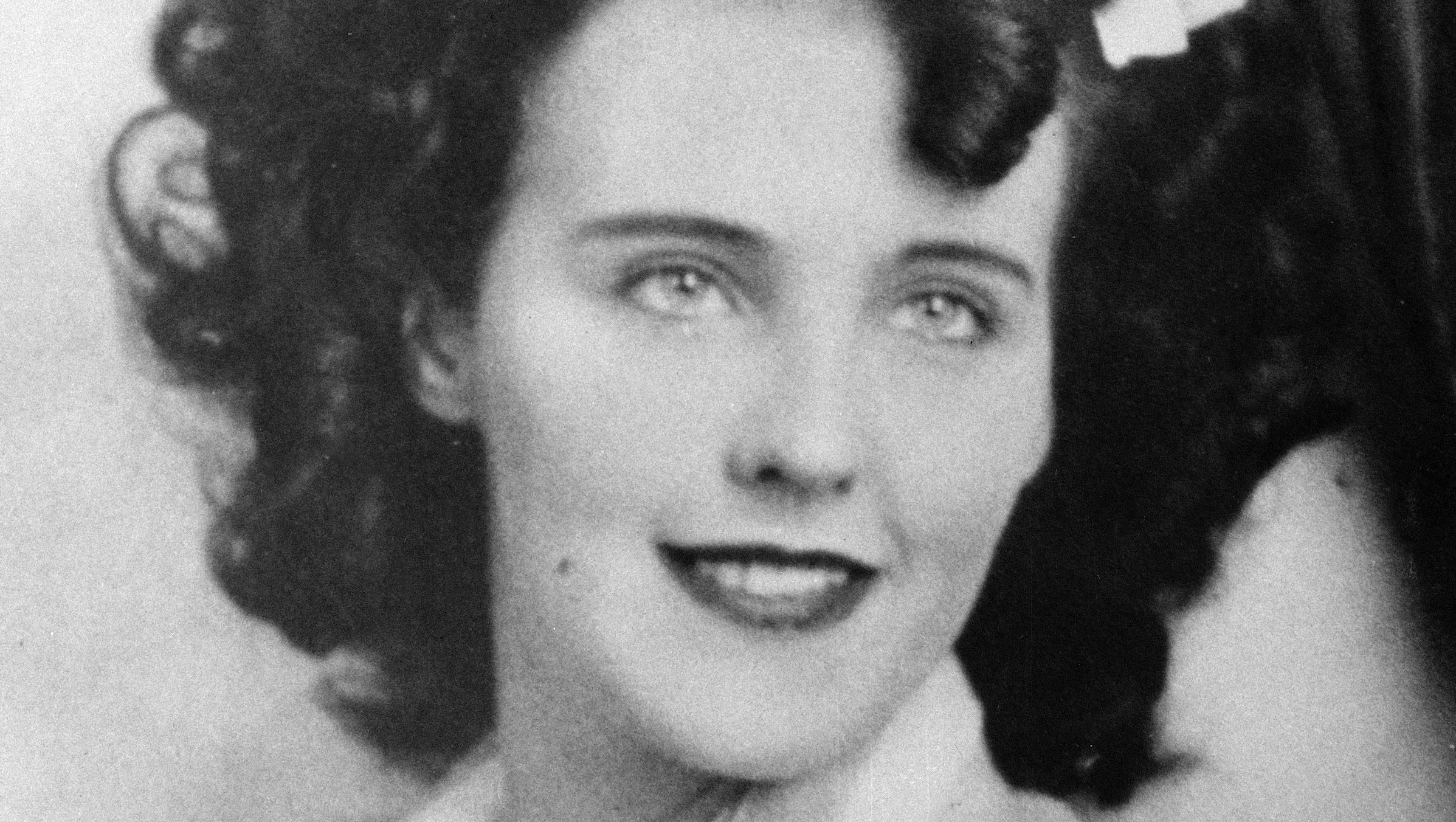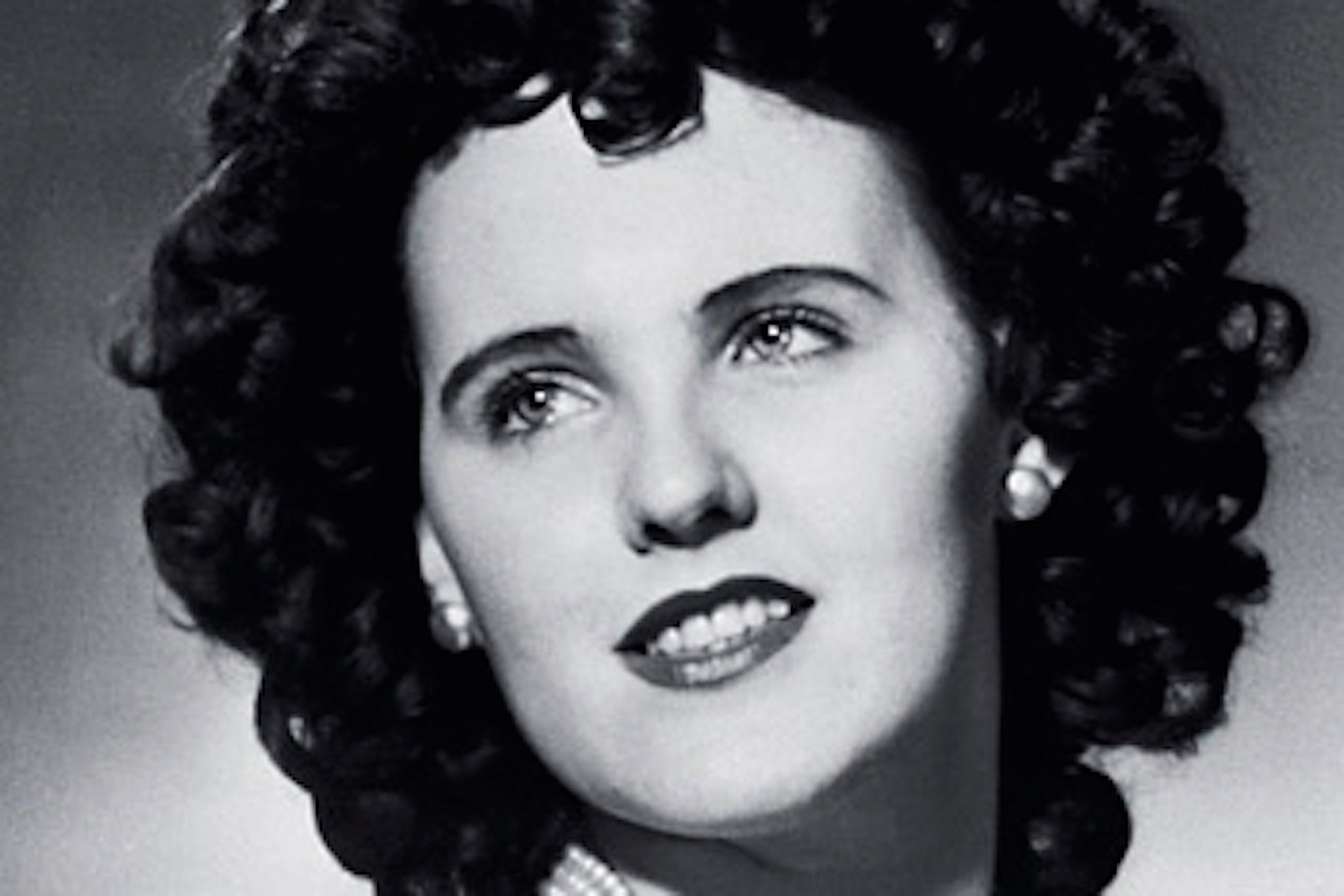It’s a story that has haunted the annals of history for decades. The Elizabeth Short murder case, often referred to as the "Black Dahlia" case, remains one of the most infamous unsolved crimes in American history. The chilling photographs associated with this tragedy have captured the public's imagination, sparking both morbid curiosity and a quest for justice. But what exactly happened to Elizabeth Short? And why do these photos continue to resonate so deeply?
Picture this: Los Angeles in the late '40s—a city buzzing with dreams and danger. Elizabeth Short, a young woman with aspirations of becoming a Hollywood star, finds herself at the center of a nightmare. Her lifeless body, brutally mutilated, was discovered in a vacant lot, leaving investigators and the public alike searching for answers. The photos taken at the crime scene have become iconic, not just for their graphic nature but for the unanswered questions they pose.
This article dives deep into the Elizabeth Short murder photos, exploring their significance, the impact on the case, and the lingering mysteries that continue to baffle investigators and enthusiasts. If you’ve ever wondered about the truth behind the Black Dahlia, you’re in for a wild ride.
- Metropcs Payment Online Free Your Ultimate Guide To Simplify Your Life
- John Walsh Speaking Fee Unlocking The Value Of A True Legend
Table of Contents
- Biography of Elizabeth Short
- Crime Scene Details
- Significance of the Murder Photos
- The Investigation Process
- Theories Surrounding the Case
- Media's Role in the Case
- Public Reaction and Legacy
- Forensic Insights and Modern Analysis
- Psychological Aspects of the Murder
- Conclusion: The Ongoing Mystery
Biography of Elizabeth Short
Before we delve into the gruesome details, let’s take a moment to understand who Elizabeth Short really was. Born on July 29, 1924, in Boston, Massachusetts, Short was a charismatic young woman with dreams of making it big in Hollywood. Her beauty and charm earned her the nickname "Black Dahlia," though the origin of this moniker remains somewhat mysterious.
Early Life and Dreams
Growing up in a modest household, Elizabeth faced her fair share of challenges. Her father abandoned the family when she was just a child, leaving her mother to raise five daughters alone. Despite the hardships, Elizabeth maintained a positive outlook on life, often telling friends about her aspirations to become a famous actress.
Personal Details
Here’s a quick glance at her personal information:
- Joyce Vance The Remarkable Journey Of A Legal Powerhouse
- Roland Garros Schedules Your Ultimate Guide To The French Open
| Full Name | Elizabeth Short |
|---|---|
| Nickname | Black Dahlia |
| Date of Birth | July 29, 1924 |
| Place of Birth | Boston, Massachusetts |
| Height | 5'7" |
| Hair Color | Dark Brown |
Crime Scene Details
On January 15, 1947, a grisly discovery shook the city of Los Angeles. Elizabeth Short’s body was found in a vacant lot near Leimert Park, her remains gruesomely mutilated. The scene was photographed extensively, capturing every detail of the crime. These images would later become infamous, symbolizing the brutality of the murder.
Key Findings
- Short’s body was severed at the waist.
- Her face was grotesquely cut into a grimace, a technique known as "glossectomy."
- No fingerprints or clear evidence of struggle were found at the scene.
Significance of the Murder Photos
The Elizabeth Short murder photos have become iconic not just for their graphic nature but for the questions they raise. They serve as a chilling reminder of the brutality of the crime and the lack of closure for both the victim and the public.
Why Are These Photos Important?
For investigators, the photos provided crucial details about the crime scene. For the public, they became a symbol of the unsolved mystery that continues to haunt us. Some argue that the photos have been exploited for sensationalism, while others see them as essential tools for understanding the case.
The Investigation Process
The investigation into Elizabeth Short’s murder was extensive but ultimately inconclusive. Detectives pursued numerous leads, interviewing countless suspects, yet no definitive evidence was ever found.
Challenges Faced
- Lack of forensic technology at the time.
- Overwhelming media attention that hindered the investigation.
- Multiple false confessions that complicated the case.
Theories Surrounding the Case
Over the years, various theories have emerged about who might have committed the murder. Some point to a jealous lover, others to a serial killer operating in the area. The truth, however, remains elusive.
Popular Theories
- The Serial Killer Theory: Suggests that Short was one of many victims of a deranged individual.
- The Revenge Theory: Proposes that someone close to her sought revenge for a perceived wrong.
- The Stranger Theory: Believes the killer was a random individual with no prior connection to Short.
Media's Role in the Case
The media played a significant role in shaping public perception of the Elizabeth Short murder. Newspapers and magazines splashed the gruesome details across their pages, fueling widespread fascination and fear.
How the Media Influenced the Case
While media coverage brought attention to the case, it also created challenges for investigators. Sensationalized reporting often overshadowed factual information, making it harder to separate truth from fiction.
Public Reaction and Legacy
The public reaction to the Elizabeth Short murder was one of shock and disbelief. People couldn’t comprehend how such a heinous crime could occur without justice being served. The legacy of the case continues to influence true crime enthusiasts and investigators alike.
Why Does the Case Still Matter?
Decades later, the Black Dahlia case remains a subject of fascination. It serves as a reminder of the importance of solving violent crimes and the need for advancements in forensic science.
Forensic Insights and Modern Analysis
With advancements in forensic technology, modern investigators have revisited the Elizabeth Short case, hoping to uncover new clues. DNA testing and digital reconstruction techniques have provided fresh perspectives, though no definitive answers have emerged.
What Modern Technology Reveals
While forensic science has come a long way, the limitations of the original evidence continue to hinder progress. However, ongoing research and analysis keep the case alive in the minds of those seeking justice.
Psychological Aspects of the Murder
Understanding the psychology behind the Elizabeth Short murder can offer insights into the mind of the killer. Experts have long speculated about the motivations and mindset of someone capable of such brutality.
Key Psychological Insights
- Psychopathic tendencies in the killer.
- Obsession with control and power over the victim.
- Desire for notoriety and media attention.
Conclusion: The Ongoing Mystery
In conclusion, the Elizabeth Short murder photos continue to haunt us, serving as a stark reminder of the darkness that can lurk in the human psyche. While the case remains unsolved, the quest for answers persists. As technology advances and new evidence emerges, there’s hope that one day the truth will come to light.
So, what’s your take on the Black Dahlia case? Leave a comment below and share your thoughts. And if you enjoyed this deep dive, don’t forget to explore other articles on our site. Together, we can keep the conversation alive and honor the memory of Elizabeth Short.



Detail Author:
- Name : Savion McLaughlin
- Username : jordane07
- Email : jaren.deckow@yahoo.com
- Birthdate : 1976-12-15
- Address : 304 Blanca Hills Suite 467 Bettiefurt, WA 93748
- Phone : 629-994-5386
- Company : Konopelski LLC
- Job : Lifeguard
- Bio : Quasi unde et atque recusandae iure. Possimus sequi ex saepe. Iste placeat facilis aut veritatis. Atque voluptate soluta neque unde et blanditiis. Quo facilis et et eveniet.
Socials
facebook:
- url : https://facebook.com/bulah_id
- username : bulah_id
- bio : Praesentium non quas cupiditate facilis.
- followers : 6192
- following : 685
linkedin:
- url : https://linkedin.com/in/bulah_dev
- username : bulah_dev
- bio : Nihil provident voluptas laudantium optio.
- followers : 1971
- following : 2811